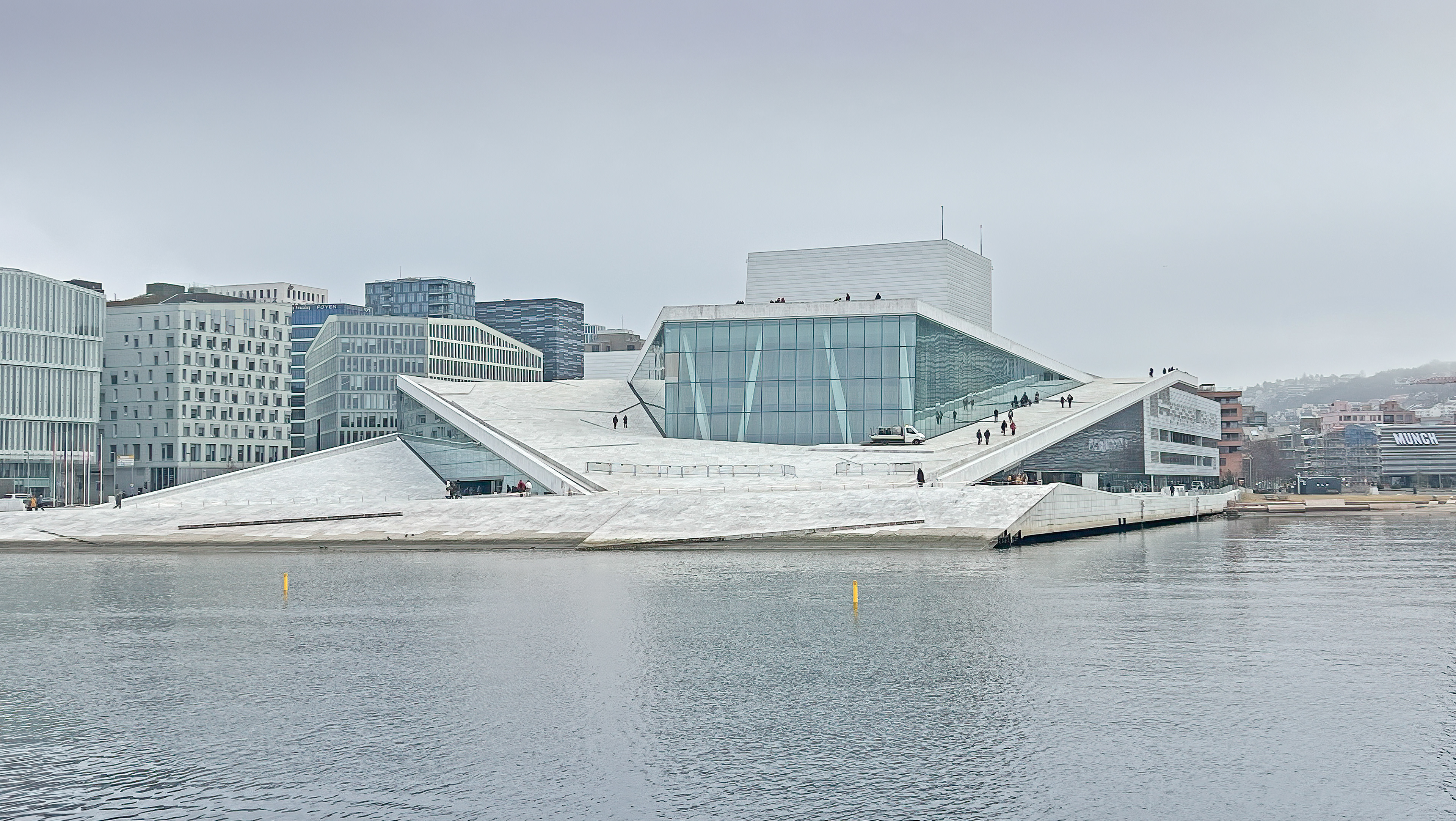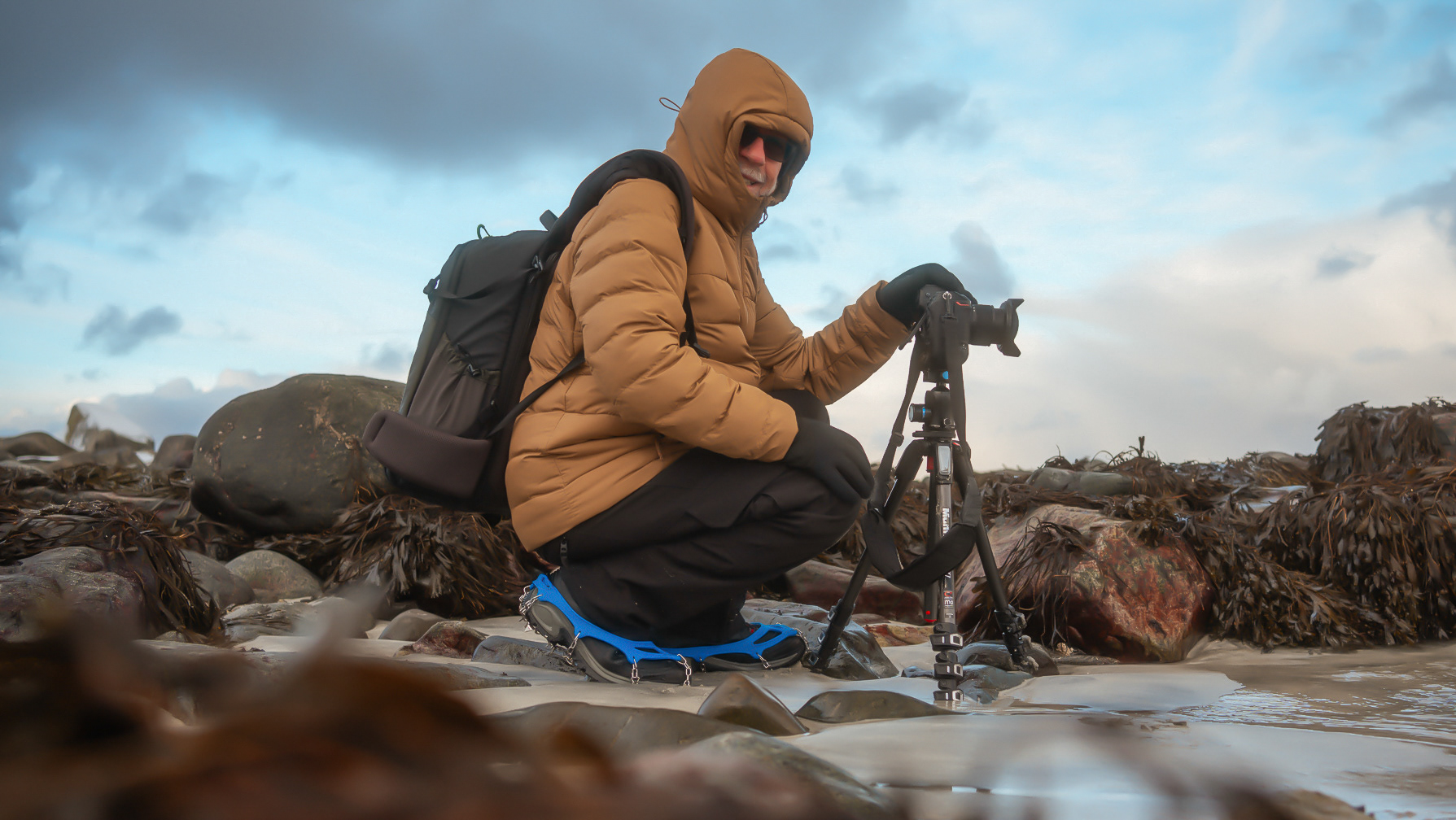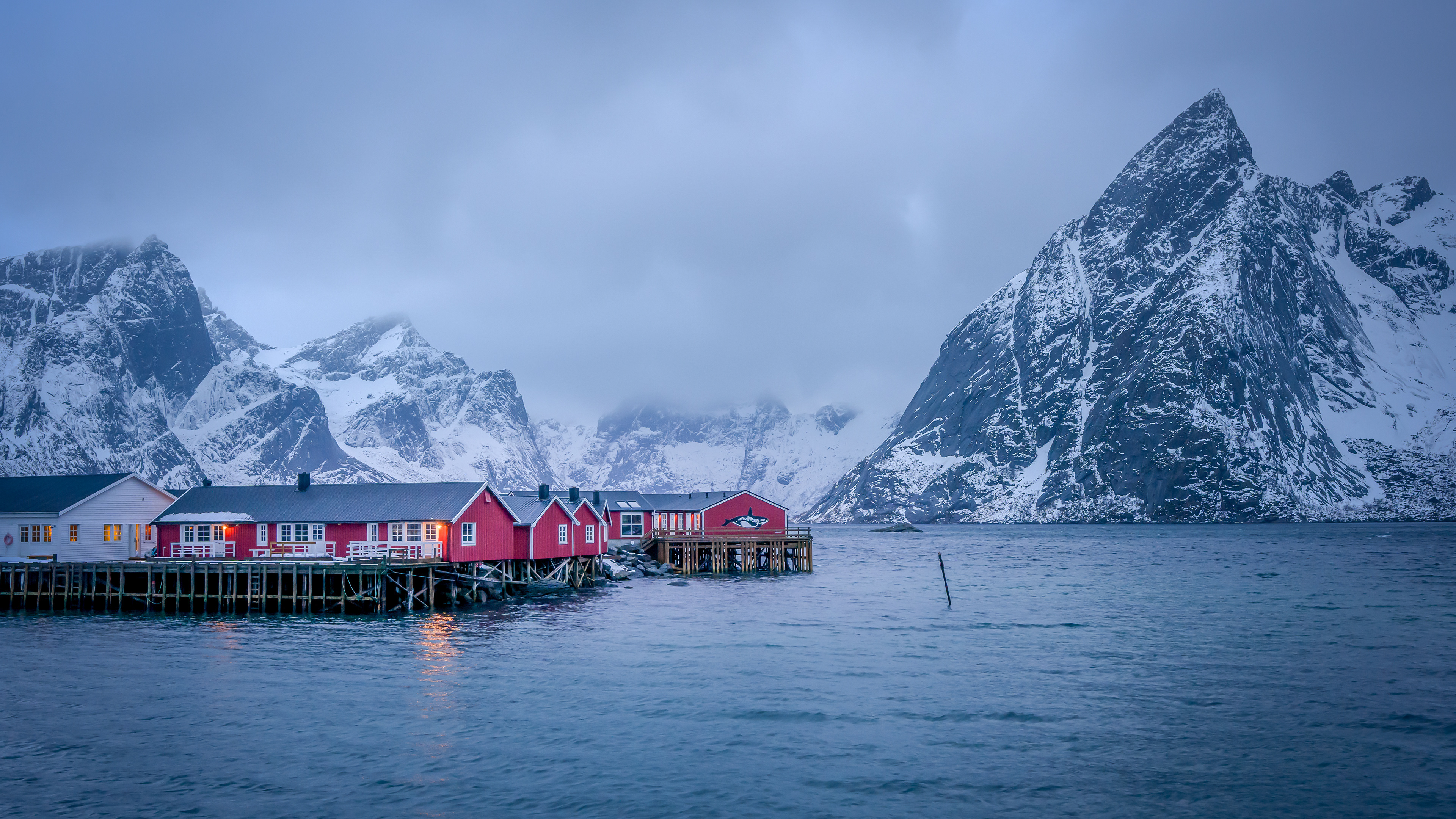© sabino.parente/Adobe
• Be sure your vehicle is appropriate for the terrain you plan to travel on
• Pack plenty of water, food, and other essentials, as services may be limited in some areas
• Let someone know your route and expected return time
• Pets, even if carried, are not allowed on the dunes or any trail in Death Valley National Park
• Do not leave your animal in your vehicle
• Speak with a ranger about one of the incredible dirt roads where you may walk your pet
• Check the NPS Weather page for monthly averages
• Travling by Car (latest info on gas stations and EV chargers)
• Park Map (Online and printable, showing roads and park destinations)
Manley Beacon juts out of the remarkable landscape at Zabriskie Point. © Tom Dorsz
The snow-capped Panamint Range is seen from the stunning yellow and brown-striped hills and jagged badlands of Zabriskie Point. © Tom Dorsz
The sand-colored badlands of Zabriskie Point are impressive and visible from the parking lot. If you're young and in good shape, you can also hike the trail shown at the bottom of this photo. © Tom Dorsz
Watching hikers navigate the challenging trails at Zabriskie Point in the Badlands. © Tom Dorsz
There's no wind, no sound but an incredible view. © Tom Dorsz
The sun peeks over the horizon and lights up Badwater Basin. © Tom Dorsz
Looking across Badwater Basin and its salt flats to the Panamint Range from Dante's View just before sunrise. © Tom Dorsz
Pat stood at the edge of the dunes, taking in the immense scene. The ground here is more compact than the drifting sands of the dunes, but what is truly amazing is the vastness of the landscape. © Tom Dorsz
The early morning sunlight shines over the dunes and mountains at Mesquite Flat Sand Dunes in Death Valley National Park, California. There are walking paths along the dunes. The footprints will remain until it either rains or the wind blows the sand into new formations. It's very important to be in excellent physical condition to climb up and down the dunes. © Tom Dorsz
Green mesquites grow among the dunes near the dry and desolate Panamint Mountains, which serve as a barrier to help hold the sand in place. © Tom Dorsz
These are crescent-shaped Barchan dunes recognized by their unique "C" or half-moon form, featuring two "horns" or tips that point in the direction of the prevailing wind. These dunes typically develop in deserts with a limited sand supply and consistent wind patterns. The entire dune can shift in the direction of the wind that shapes it. © Tom Dorsz
The Devil's Golf Course is a vast area of rock salt eroded by wind and rain into sharp, jagged formations. The landscape is so rugged that it's said, "Only the devil could play golf on such rough links." If you listen closely, you can hear sounds resembling tiny pops and pings; this noise comes from billions of tiny salt crystals bursting apart as they expand and contract in the heat.
• Caution: Devil's Golf Course's surface is made of jagged salt formations, making it difficult and potentially dangerous to walk on.
• The intense heat during the summer months can be particularly dangerous.
The incredibly immense Devil's Golf Course. The rock salt is sharp and very easy to lose your footing on. © Tom Dorsz
The Artist’s Drive winds through canyons and alongside the rugged Black Mountains, ultimately leading to the Artist’s Palette. At this scenic destination, you can admire a stunning array of colors—red, orange, yellow, blue, pink, and green—splashing across the hills. These vibrant hues result from volcanic deposits rich in compounds like iron oxides and chlorite, creating a beautiful rainbow effect. It really is a fantastic array of colors. One of those places you just want to walk and stare at the colors
• 9 miles one way on Artist Drive. A lot of decent pullovers.
• There are several trails available, particularly at the Artists Palette parking area.
The nine-mile-long Artists Drive winds through impressive canyons alongside the rugged Black Mountains.
© Tom Dorsz
The destination is so worth it. Take the time to walk and explore the colors and topography.
© Wirestock/Adobe






